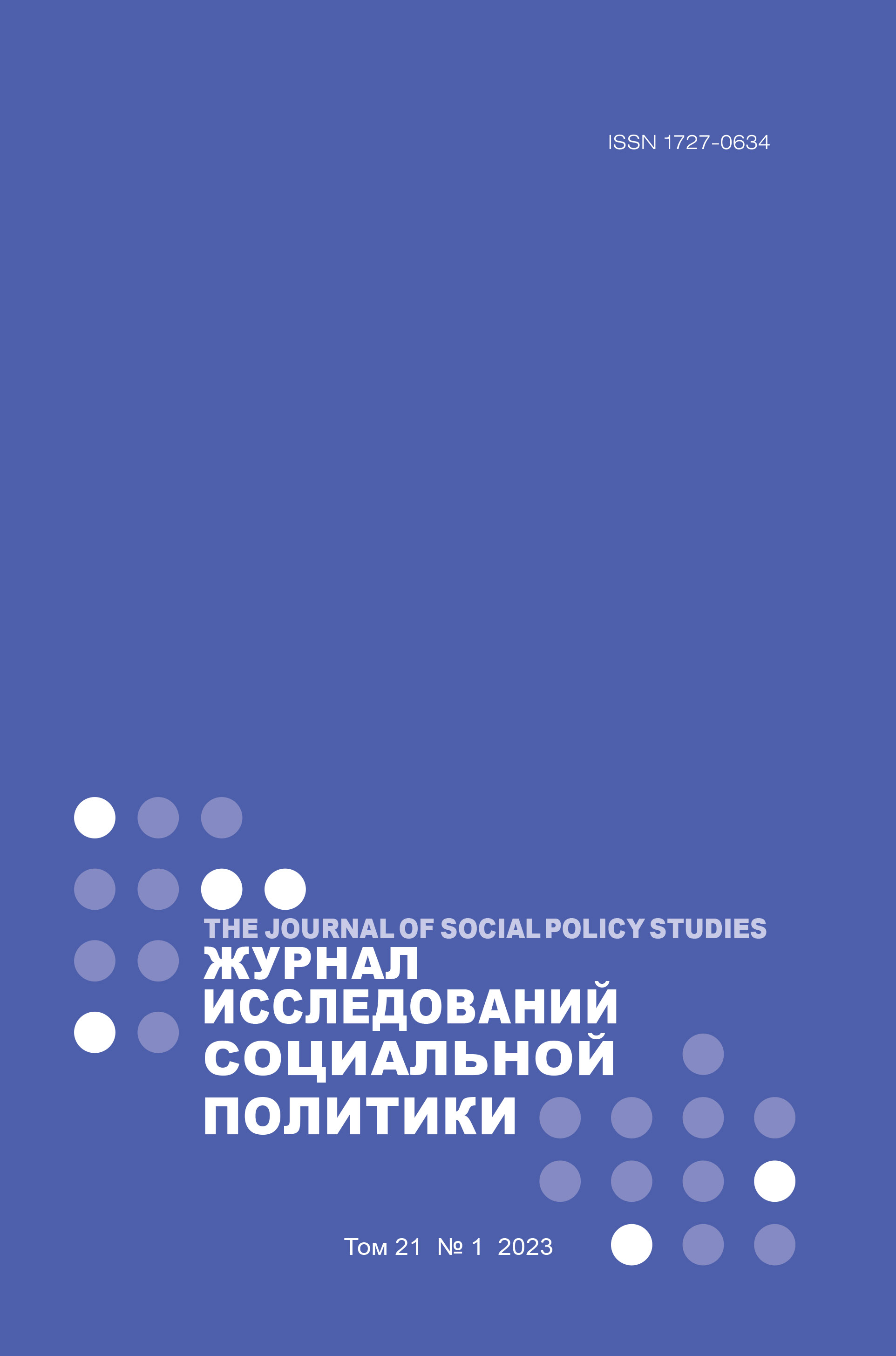«Алгоритм низового уровня»: два стиля автоматизированного правоприменения в работе приложения «Социальный мониторинг»
Аннотация
Во время пандемии COVID‑19 многие государства создавали различные приложения для контроля передвижений граждан. Одним из таких экспериментов стало московское приложение по контролю режима самоизоляции для больных коронавирусом «Социальный мониторинг» (СМ). Алгоритм подвергся большой критике, как за технические характеристики, так и за концептуальную идею, когда приложение самостоятельно выносило решение о том, штрафовать ли больного за нарушение или нет. Такой дизайн фактически означал, что оно становится автоматизированной заменой бюрократа «низового уровня», следящего за соблюдением правил. Однако можем ли мы говорить, что у него, как у чиновника, может быть свой стиль правоприменения? В этой статье мы предлагаем концептуальное описание приложения как социотехнического ансамбля отношений, выполняющих государственные исполнительные функции – «алгоритм низового уровня» (street-level algorithm). На материале качественных интервью с пользователями СМ, низовыми бюрократами и его создателями мы иллюстрируем два стиля правоприменения СМ, свойственных первой и последующим волнам пандемии: «жесткий» (hard-enforcement) и «мягкий» (soft-enforcement). Мы показываем, что жесткий стиль принуждения, сопровождающийся автоматически налагаемыми санкциями и одновременно технически несовершенным механизмом оспаривания, чреват издержками не только для пользователей, но и для властей (перегружая ведомства и суды) и уменьшает уровень доверия в чрезвычайной ситуации пандемии. Более мягкое принуждение, сопряженное с проговариваемой заботой, оказывается более комфортным механизмом контроля, особенно в ситуации большего потока больных.















